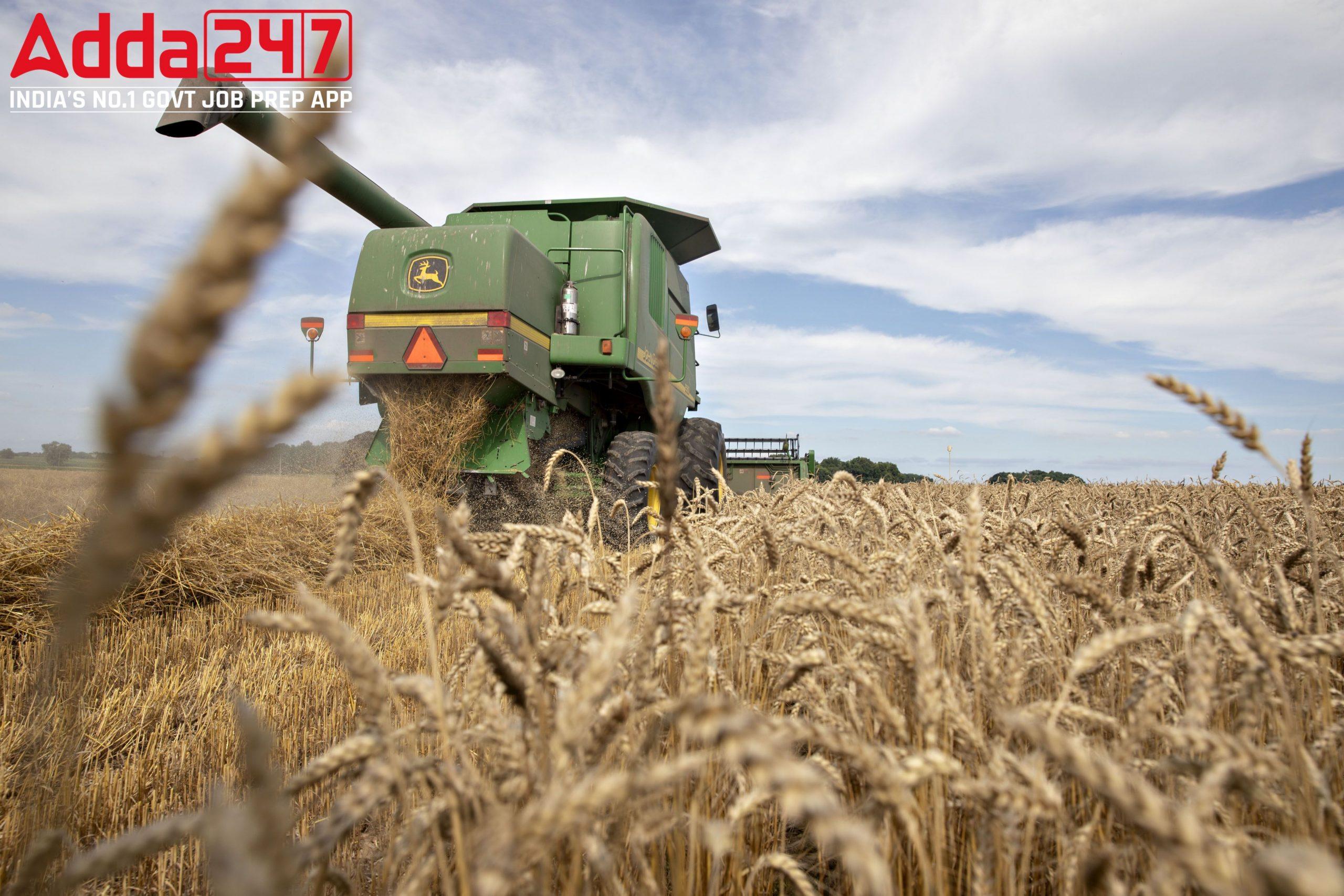Rising prices of food articles and certain manufactured items pushed up inflation past the one per cent mark to 1.21 per cent for the week ended Sept 10 from 0.92 per cent in the previous week. While food commodity prices have softened, wheat and rice could still cause concern for the Reserve Bank of India (RBI) ahead of its Monetary Policy Committee meeting.
Bank Maha Pack includes Live Batches, Test Series, Video Lectures & eBooks
Core Concern:
Indian wheat prices jumped to a record high, despite a ban on exports, amid strong demand and dwindling supply from a crop damaged by heat wave. On the other hand, the Russia-Ukraine war disrupted the global supply chains and sent commodity prices soaring. This provided India, the world’s second largest wheat producer, with an opportunity to capture the void in wheat supply caused by the war ,Ukraine accounted for 12 percent of the total wheat exports in the world.
Why Is Wheat Production Impacted:
Several stakeholders and experts raised concerns that India’s own production and procurement this year was impacted by the heat wave seen across the country. But the government went ahead and allowed export of wheat by the private sector. The decision reportedly fetched farmers 10 per cent higher price than the Minimum Support Price (MSP) of wheat.
But India’s own staggering food inflation soon forced the government to reverse its decision on May 14. June’s retail inflation was at 7.01 per cent, above the RBI’s target range of 2-6 per cent — India’s retail inflation has been beyond 6 per cent for the sixth consecutive month now. While curb on export of food commodities and softening of edible oil prices slightly eased inflation, it has not been enough to control food inflation. In the food basket, inflation in cereals and products was at 5.66 per cent, meat and fish at 8.61 per cent, and vegetables at 17.37 in June.
Factors Responsible:
The soaring inflation caused by a cocktail of global and domestic factors was not enough, a heat wave in March further worsened the price situation for wheat. On July 27, wheat prices in local markets reached a record high of Rs 23,547 per tonne, up almost 12 per cent from the lows it reached recently due to the government’s export ban.
The government had an estimate of 106.41 million tonnes of supplies this year — in 2021, India harvested 109.59 million tones of the crop — but according to traders, the supply is much low at about 95 million tonnes. The US’ Department of Agriculture’s Foreign Agricultural Service has estimated supply to be at 99 million tonnes. The impact of the March heat wave is also reflected in government’s wheat procurement, which is down 57 per cent this year compared to a year ago, at 18.8 million tonnes. The government had wrongly estimated excess production which was mainly due to inaccurate intelligence on wheat production and analytics, thereby resulting in misplaced policy decisions such as allowing of exports and eventually banning it.
Find More News on Economy Here



 Indian Olympic Medal Winners List Till N...
Indian Olympic Medal Winners List Till N...
 Who is the Inventor of the Gramophone?
Who is the Inventor of the Gramophone?
 HS Dhaliwal Appointed New DGP Of Andaman...
HS Dhaliwal Appointed New DGP Of Andaman...
